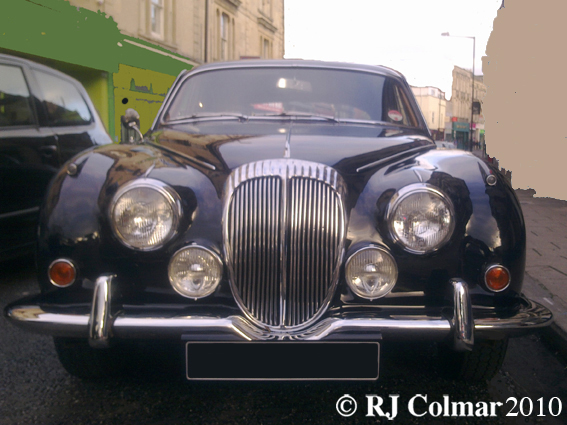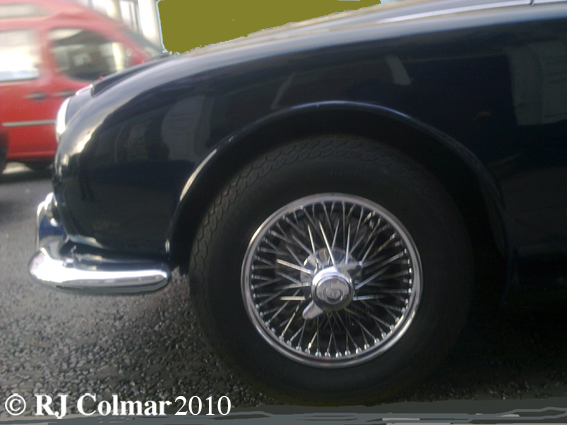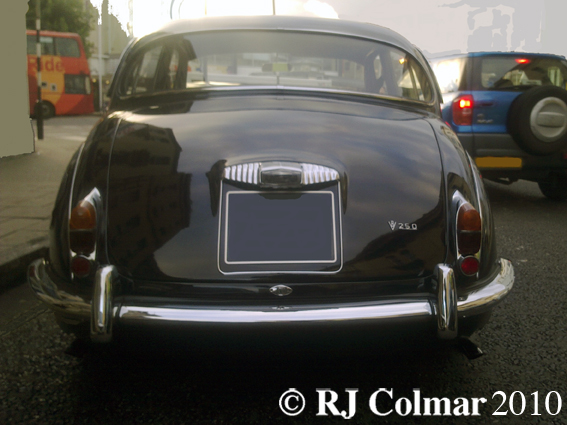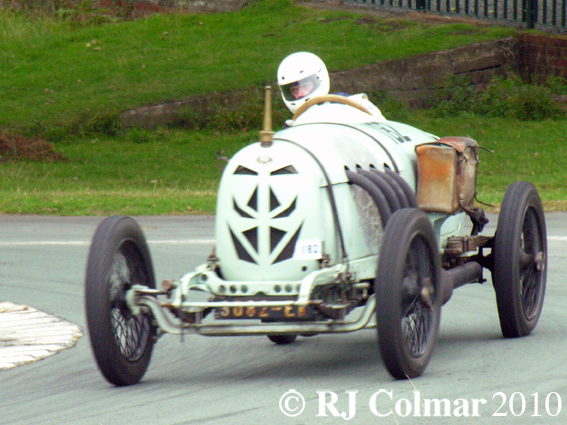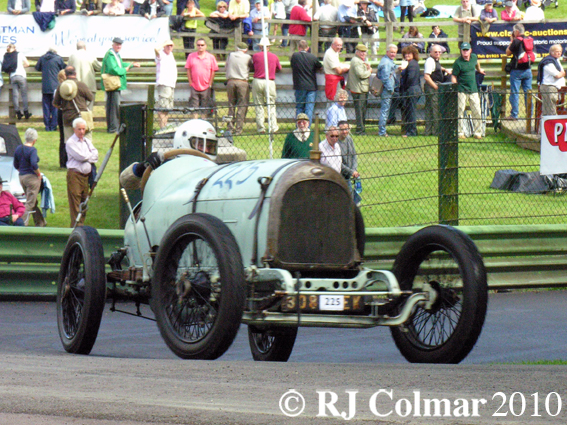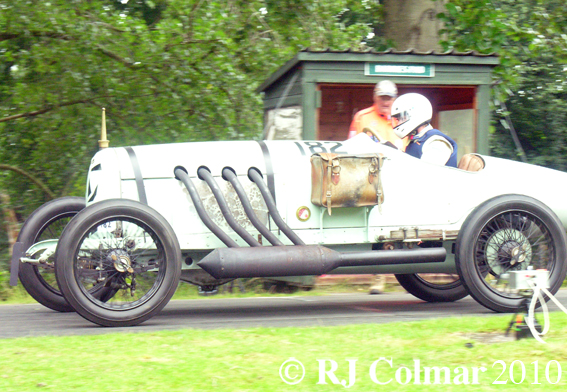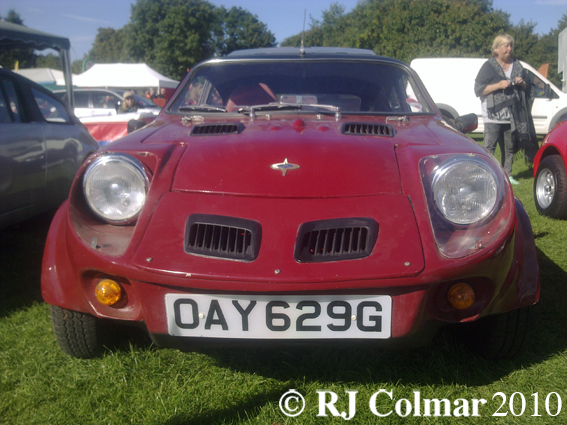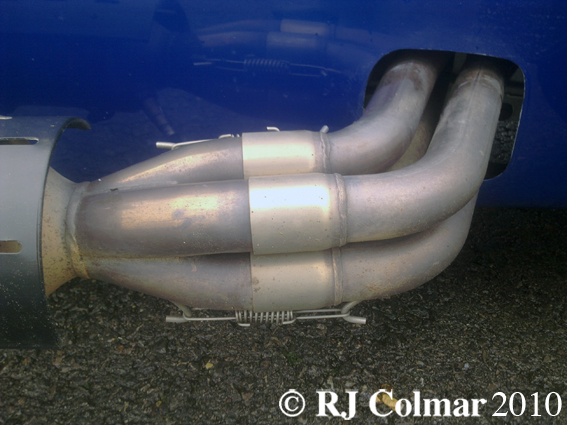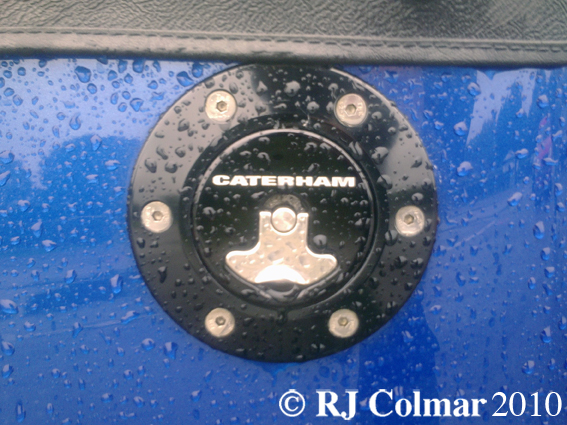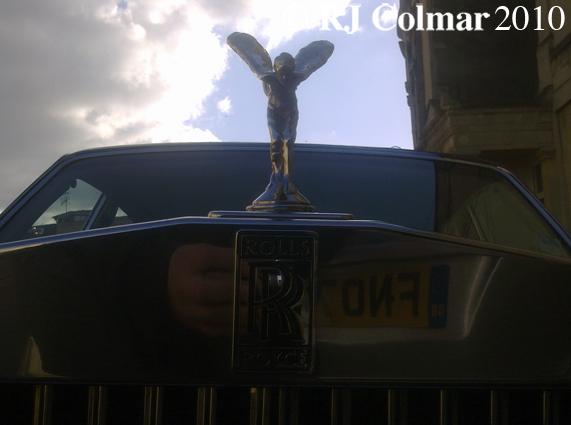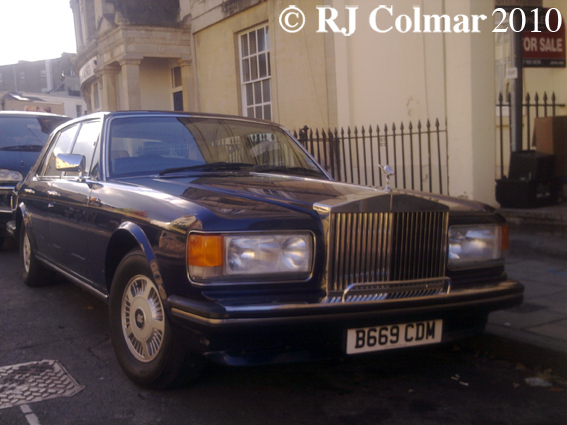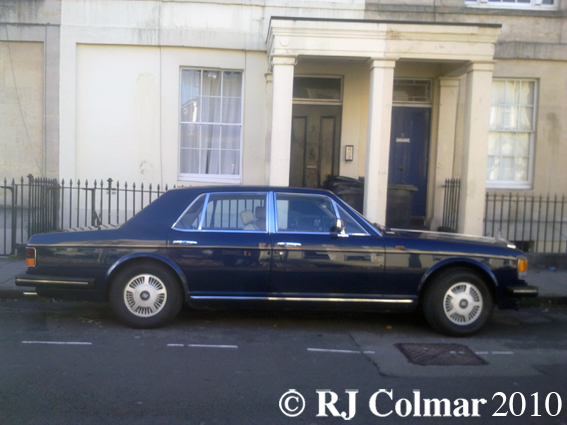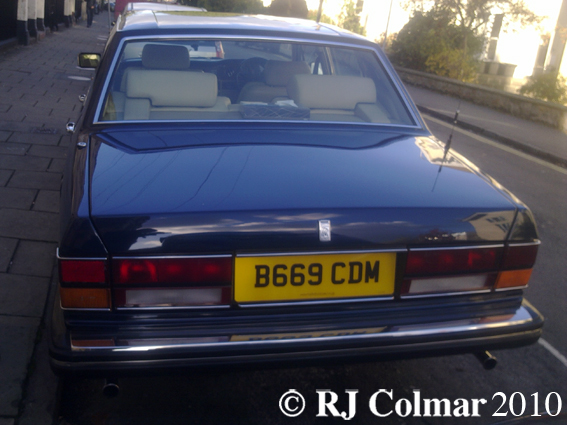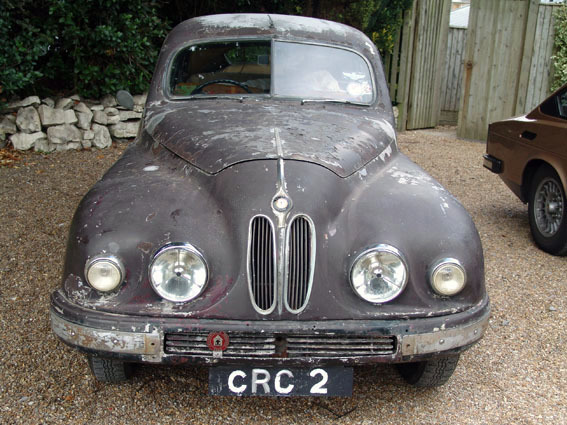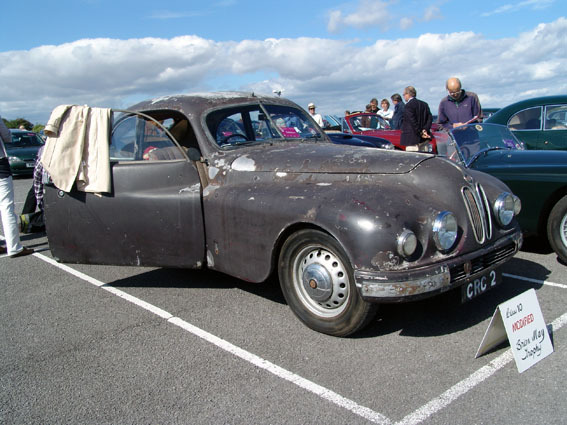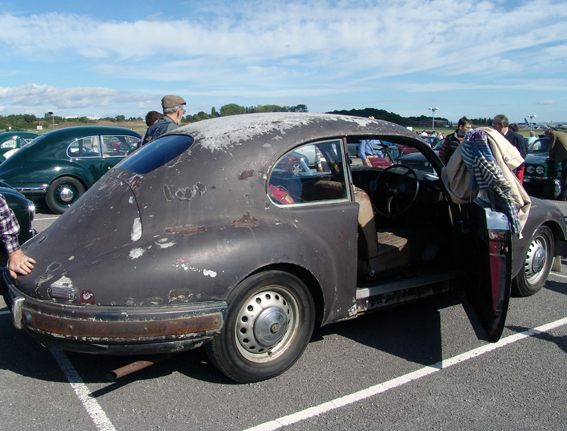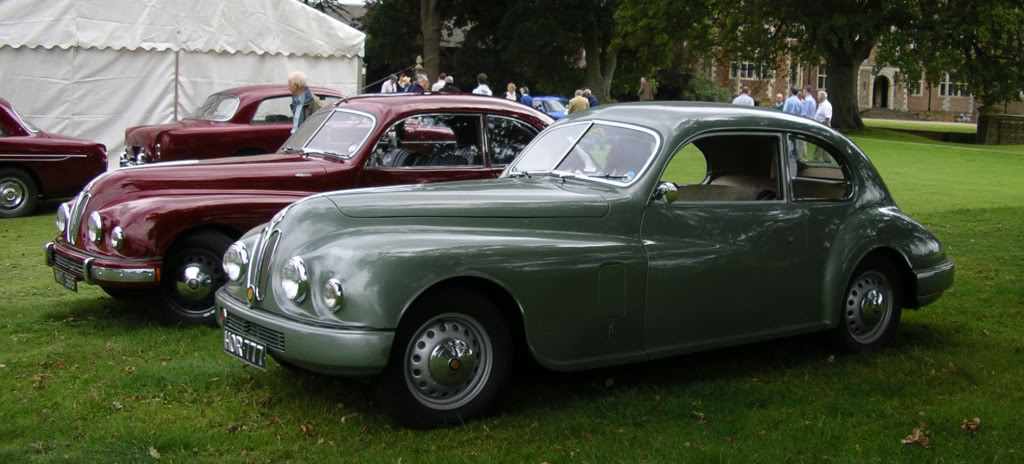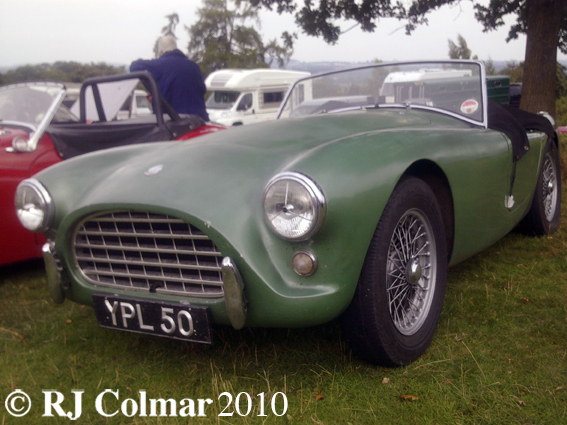The British Daimler Motor Company was the brainchild of Frederick Simms who bought the UK patent rights to Gottlieb Daimlers engines in 1891. Under the ownership of Harry Lawson the company produced the first Daimler with a Panhard engine and then went on to produce Daimler powered machines in 1897 becoming Britain’s second company to serially produce motorcars after Humber.
From 1898 Daimler supplied official transportation for the Royal Household until 1950 when an recalcitrant transmission led the Royal Family to chose Rolls Royce as it’s transport of choice. From 1910 to 1960 Daimler was owned by by the Birmingham Small Arms Company leading Daimler into various military markets alongside it’s treasured roll as preferred purveyor of motorised transport to the Royal Family.
In 1960 Daimler was sold to Jaguar who needed additional production facilities for it’s growing marque. The Daimler V8 250 was the second series based on the MK II Jaguar powered by Daimlers hemi head V8 engine it was 50 kg lighter and more compact than the competition bred six cylinder Jaguar XK engines. The V8 250 was in production from 1967 – 1969 the vehicle in the photo appears to be a 1969 model and as such represents the end of the line of hemi head Daimler V8 production. From that point on all Daimlers were badge engineered Jaguars.
Wishing Racer 187 a Happy Birthday and plenty of Chief 187’s toasted pumpkin seeds.
Slightly off topic congrats to Kyle Busch on his thrilling Talladega truck victory, glad Ron Hornaday was walked away from his wrecked KHI truck. Condolences to friends and family of Jim Hunter NASCAR’s snr vice president of corporate communications.
Here is hoping Kevin ‘Happy’ Harvick finally gets one over Dangerous Denny Hamlin and goody two shoes Jimmy Johnson in a good clean race at one of my all time favourite tracks.
Thanks for popping by, don’t forget to come back now !

